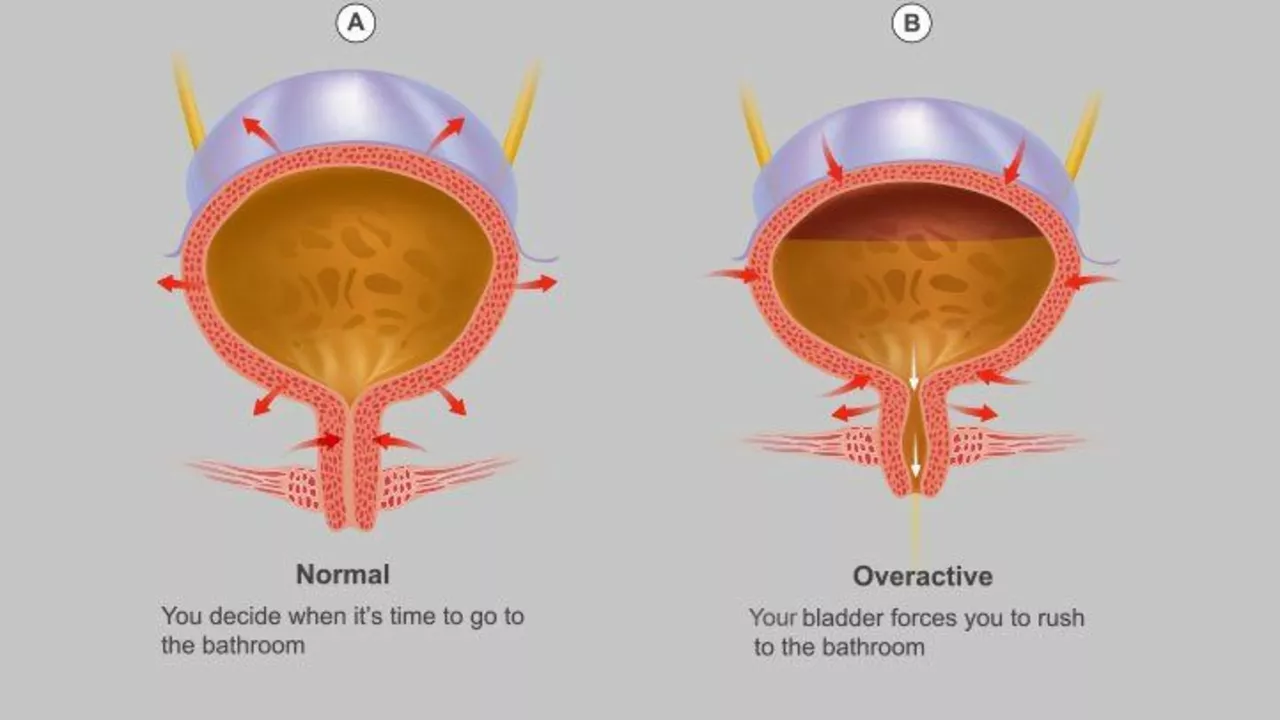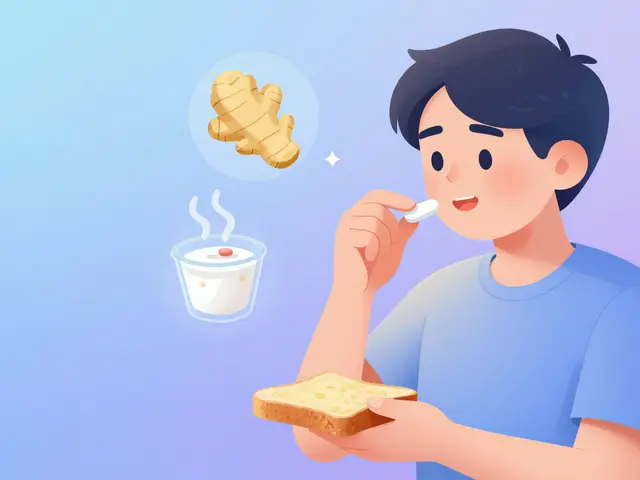Bladder control: simple fixes, exercises, and treatment options
Leaks, urgency, or getting up at night for a pee? You’re not alone. Bladder problems are common, but small changes and the right treatments usually help a lot. Below are easy, practical steps you can try today, plus clear signs you should see a clinician.
Everyday habits that help
Start with a bladder diary for three days: write down what and when you drink, every bathroom visit, and any leaks. That gives clues fast—too much caffeine or evening fluids often show up right away. Cut back on coffee, tea, soda, and alcohol for a week and see if urgency eases.
Timed voiding helps retrain the bladder. If you go every hour, try stretching to 1 hour 15 minutes, then 1 hour 30 minutes, holding gently until the scheduled time. Don’t strain—just distract and breathe until the time arrives.
Constipation makes bladder control worse. Eat fiber, drink water during the day, and move more. Losing even a little weight can reduce pressure on the bladder and cut down leaks for many people.
Exercises, tools, and products that work
Pelvic floor (Kegel) exercises are the most useful non-drug fix. To find the right muscles, try stopping your urine midstream once—those squeezes are the ones. Do three sets a day: 10 slow squeezes (hold 5–10 seconds) and 10 quick squeezes. If you can’t feel the muscles, ask a pelvic-floor physio—biofeedback or a trained therapist helps a lot.
Absorbent pads and underwear give confidence while you work on fixes. For women, a vaginal pessary can support the bladder and help stress leaks when coughing or exercising. For men with leakage after prostate surgery, pelvic rehab plus pads is the usual start.
When lifestyle and exercises aren’t enough, several medical options exist. First-line medicines for urgency include antimuscarinics (like oxybutynin or tolterodine), which can dry you out and cause constipation. Mirabegron is another pill that relaxes the bladder but can raise blood pressure, so it needs a check-up first. Topical vaginal estrogen helps many postmenopausal women with urgency and mild leakage.
For persistent problems there are procedures: Botox injections into the bladder reduce urgency for months; sacral neuromodulation (a small implanted device) restores bladder signals for some people; intermittent catheterization helps when the bladder doesn’t empty. These need specialist assessment.
See a doctor sooner rather than later if you notice blood in the urine, severe pain, fever, sudden inability to pass urine, or if leaks suddenly get worse. Also check in if your bladder medicines cause troubling side effects.
Small steps often add up: keep a diary, cut triggers, learn pelvic-floor technique, and talk to a clinician if progress stalls. You can get meaningful control back without drastic measures in many cases.
In my latest blog post, I've explored some exercises that can help improve bladder control and ease symptoms of urinary incontinence. I've highlighted exercises like Kegels, which strengthen your pelvic floor muscles and bladder. I've also mentioned bladder training and double voiding techniques that can be beneficial. Additionally, I've touched upon certain yoga poses that can help in reducing urinary incontinence. All these exercises can aid in managing urinary incontinence, giving you a better quality of life.



